When you think of the Solomon Islands, you might picture idyllic beaches, turquoise waters, and lush tropical jungles. But dig beneath the surface, and you’ll find a complex and often brutal past. The history of the Solomon Islands is a tapestry woven with ancient traditions, colonial greed, the horrors of World War II, and modern-day geopolitical wrangling.
From its Melanesian roots to its current role in Cold War 2.0, the Solomon Islands is far more than just a tourist destination. Here’s a deep dive into its fascinating and tumultuous history.
Ancient Roots: Melanesian Culture and Traditions
The history of the Solomon Islands begins over 30,000 years ago, when the first Melanesian settlers arrived. These ancient people thrived on fishing, farming, and trading between islands. The islands were home to a diverse array of clans, each with its own customs, languages, and leadership structures.
Traditional life revolved around the sea, with expertly crafted canoes serving as both transport and tools of war. Warfare between clans was common, often sparked by disputes over land or resources. Despite these conflicts, the Solomon Islanders developed a rich culture, with oral traditions, intricate carvings, and vibrant rituals that continue to influence life today.
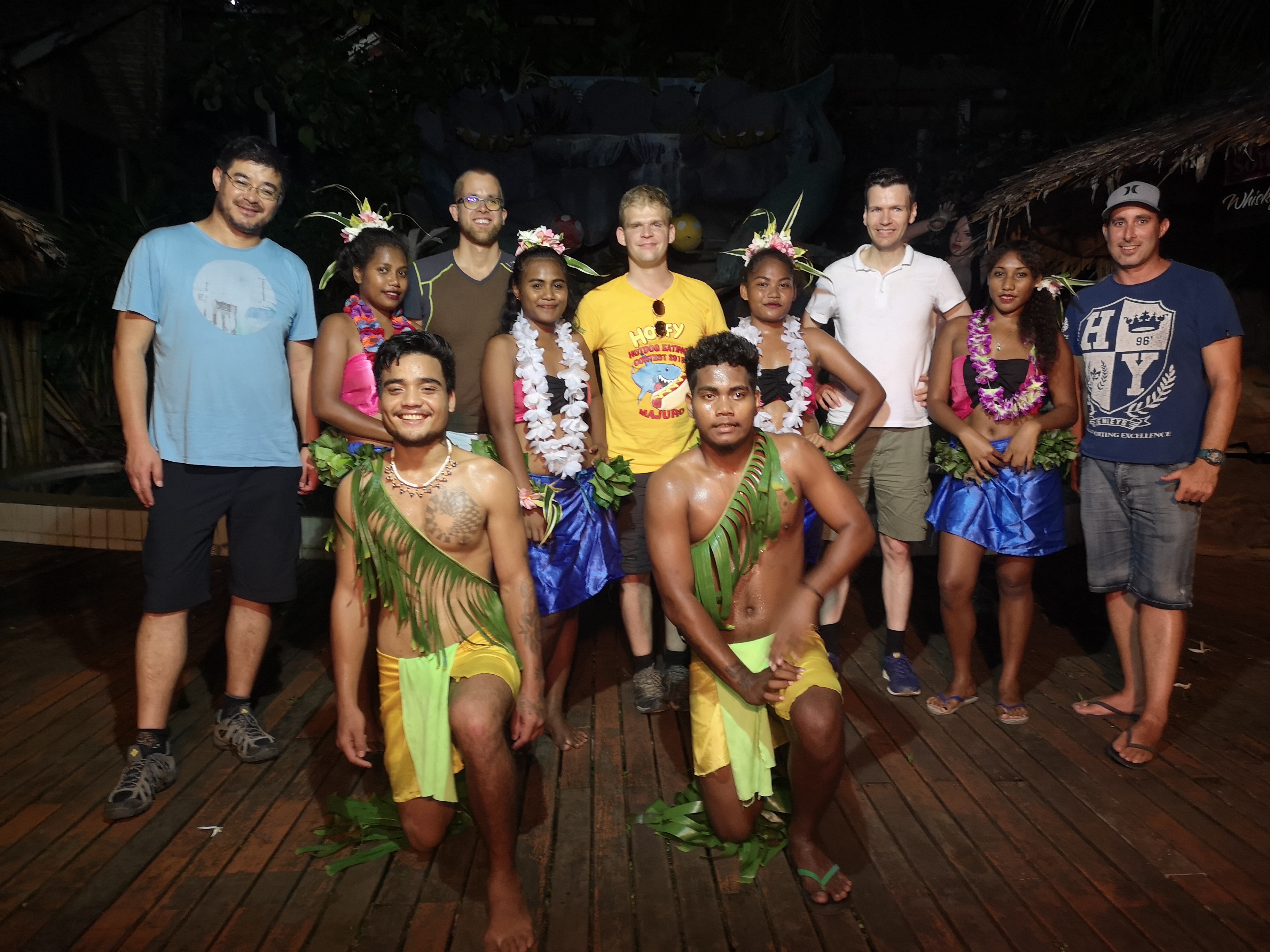
Colonial Encounters: A Land of Opportunity (and Exploitation)
Europeans first stumbled upon the islands in 1568 when Spanish explorer Álvaro de Mendaña de Neira arrived, believing he had found the biblical land of King Solomon’s gold. He named the islands accordingly, though the fabled riches never materialized.
The islands largely escaped European control until the late 19th century, when Britain declared them a protectorate in 1893. The colonial era marked a turning point in the history of the Solomon Islands, as missionaries, traders, and labor recruiters descended on the region.
One of the darkest aspects of this period was the “blackbirding” trade, where Solomon Islanders were kidnapped or coerced into working on plantations in Australia and Fiji. This exploitation left deep scars, and resentment toward outsiders grew.
World War II: The Bloody Battle for Guadalcanal
The history of the Solomon Islands took a dramatic turn during World War II. The islands became a strategic battleground in the Pacific theater, with the Battle of Guadalcanal (1942–1943) standing out as one of the most pivotal and brutal campaigns of the war.
The Japanese initially occupied key areas of the islands, building airstrips to support their expansion. The Allies, recognizing the strategic importance of the Solomons, launched a fierce counteroffensive. The resulting battles were grueling, with dense jungles, torrential rains, and malaria adding to the horrors of combat.
The eventual Allied victory at Guadalcanal marked a turning point in the Pacific War. However, the conflict left the islands devastated, with thousands of soldiers and civilians dead. Today, the remnants of this era—sunken ships, rusting tanks, and abandoned airfields—serve as haunting reminders and popular attractions for dark tourism enthusiasts.
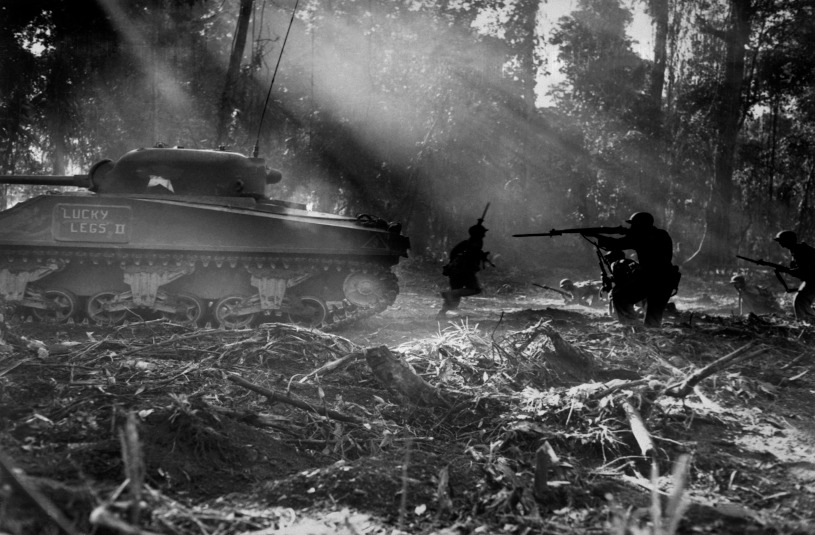
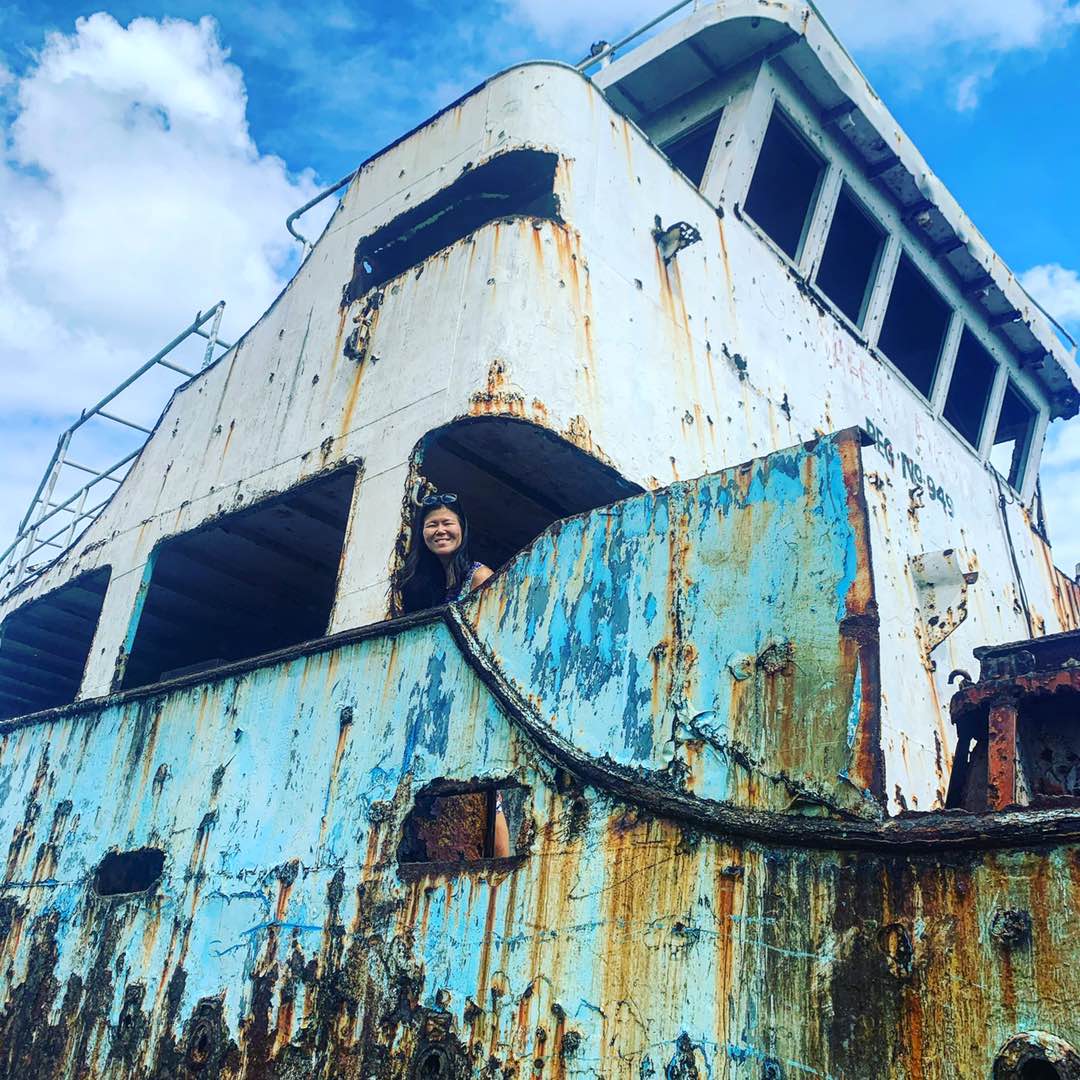
Struggles for Independence
Post-war, the Solomon Islands faced the daunting task of rebuilding. While the islands remained under British control, the seeds of independence were beginning to sprout. The push for self-governance gained momentum in the 1960s and 1970s, fueled by growing discontent with colonial rule and the desire for local control over resources.
In 1978, the Solomon Islands finally gained independence. However, the transition was far from smooth. Like neighboring Bougainville, which declared itself the Republic of North Solomons, the Solomon Islands struggled with internal divisions. Over 70 languages and numerous ethnic groups made nation-building a challenge.
Ethnic Tensions and the Chinese Pogroms
The post-independence history of the Solomon Islands has been marked by periods of ethnic tension and unrest. The Guadalcanal and Malaita provinces became hotspots for conflict, with disputes over land and resources frequently escalating into violence.
In the late 1990s, these tensions boiled over into what became known as “The Tensions.” Armed militias clashed, leading to widespread displacement and a near-collapse of the state. The situation became so dire that Australia led the Regional Assistance Mission to Solomon Islands (RAMSI) in 2003 to restore order.
Chinese communities, often seen as economically dominant, became scapegoats during periods of unrest. In 2006, riots in the capital, Honiara, targeted Chinese-owned businesses, forcing many to flee. These events underscored the deep-seated divisions that continue to challenge the nation.
Geopolitical Shifts: From Taiwan to China
The most recent chapter in the history of the Solomon Islands is one of geopolitical intrigue. In 2019, the Solomon Islands made headlines by switching diplomatic recognition from Taiwan to China. This move, allegedly fueled by bribery of local politicians, marked a significant shift in the region’s balance of power.
China quickly moved to deepen its ties with the islands, signing a controversial security pact in 2022. The agreement raised alarms in Australia and the United States, with fears that it could pave the way for a Chinese military base in the Pacific.
The U.S., which had largely ignored the Solomon Islands for over a decade, reopened its embassy in Honiara in 2023, signaling renewed interest in countering China’s influence. Meanwhile, Australia has ramped up aid and diplomatic efforts, leading to a modern-day tug-of-war between the two powers.
The New Cold War in the Pacific
Today, the Solomon Islands find themselves at the center of a new Cold War. Australia, traditionally the region’s dominant power, is now vying with China for influence. Beijing’s investments in infrastructure, including stadiums for the 2023 Pacific Games, have brought much-needed development but also increased dependence on Chinese funding.
For the Solomon Islands, this geopolitical attention is a double-edged sword. While foreign investments offer opportunities, they also come with strings attached, raising concerns about sovereignty and long-term stability.
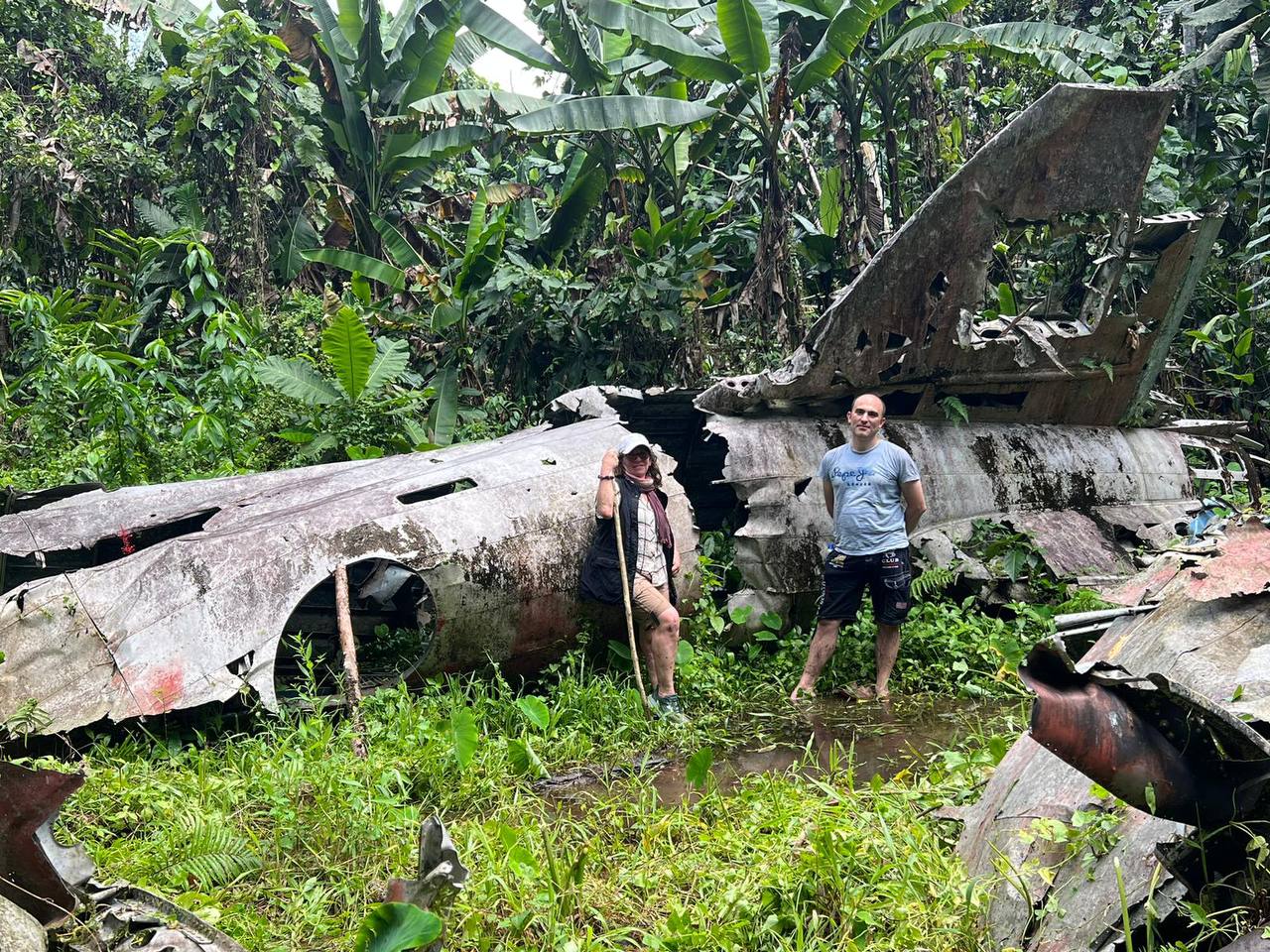
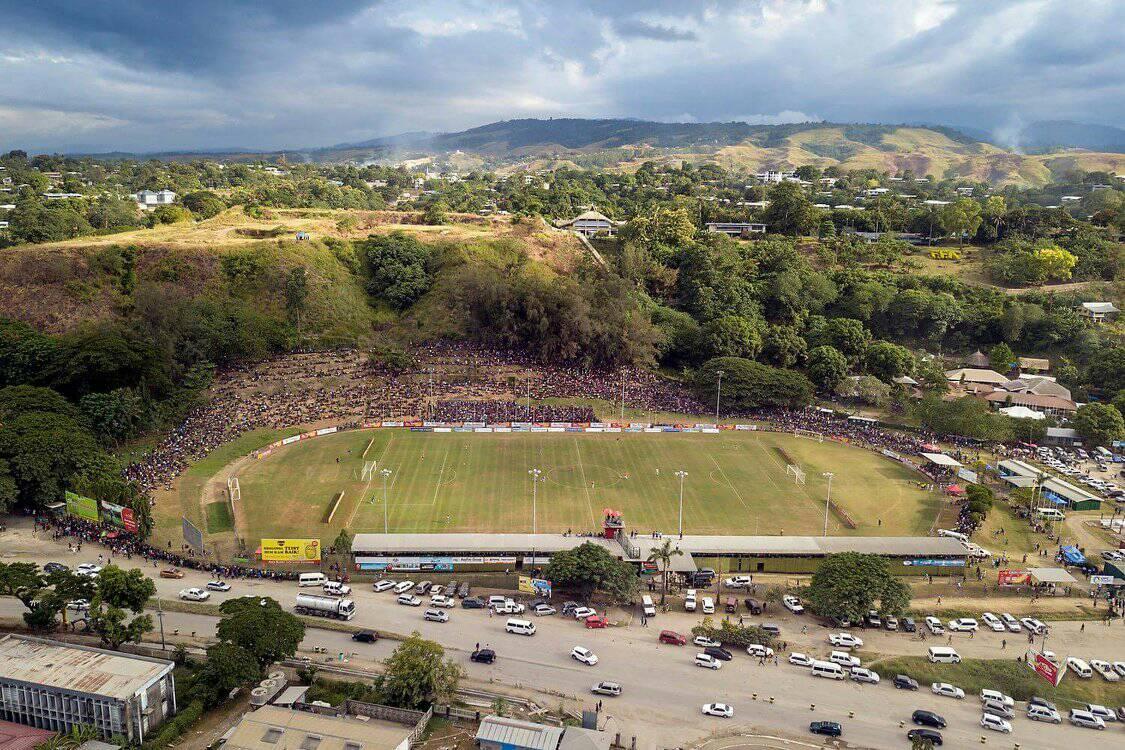
Reflections on the Solomon Islands
The history of the Solomon Islands is a story of resilience and struggle. From ancient Melanesian societies to colonial exploitation, brutal warfare, and modern-day power plays, these islands have endured more than their fair share of challenges.
For travelers, the Solomon Islands offer more than just stunning landscapes. They are a living museum of history, where you can explore WWII relics, learn about indigenous cultures, and witness firsthand the complexities of a nation navigating its place in the modern world.
Young Pioneer Tours offers bespoke tours to the Solomon Islands, as well as a part of our Least Visited Countries Tour.





